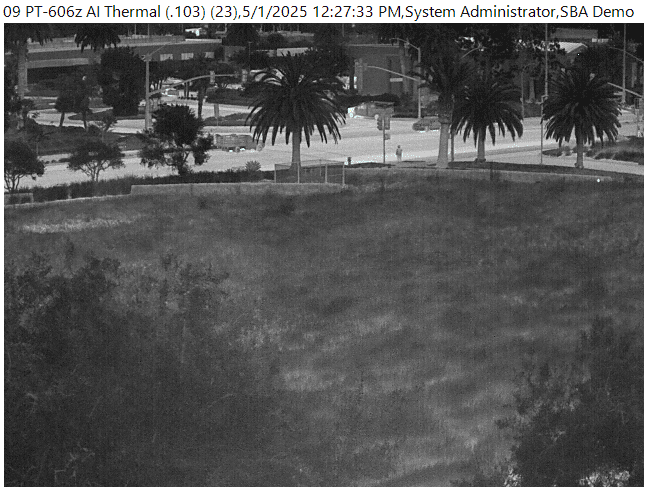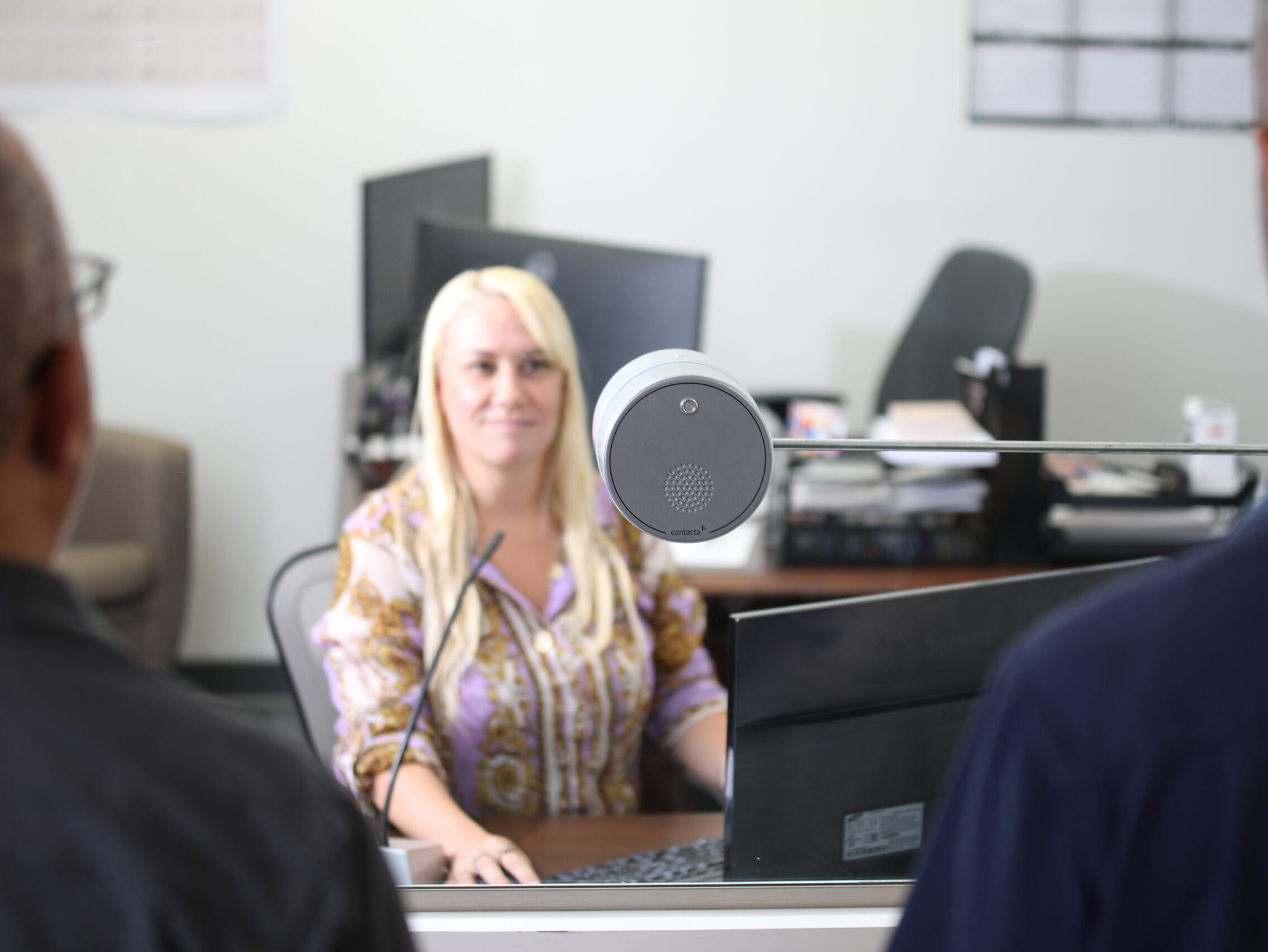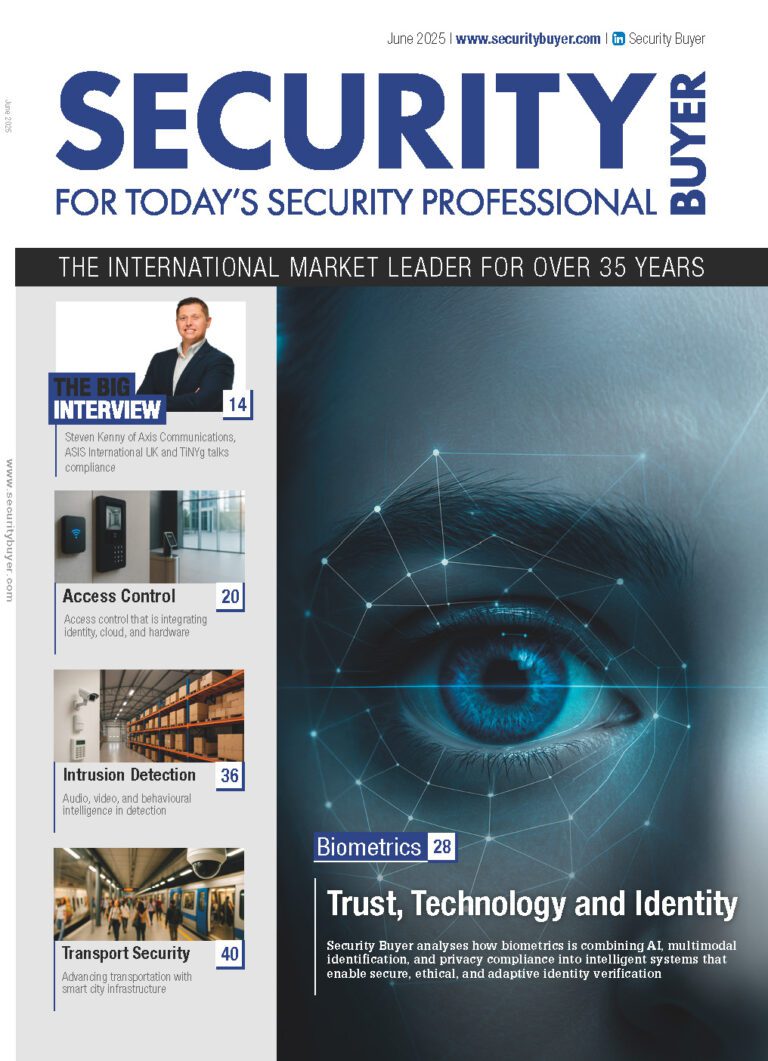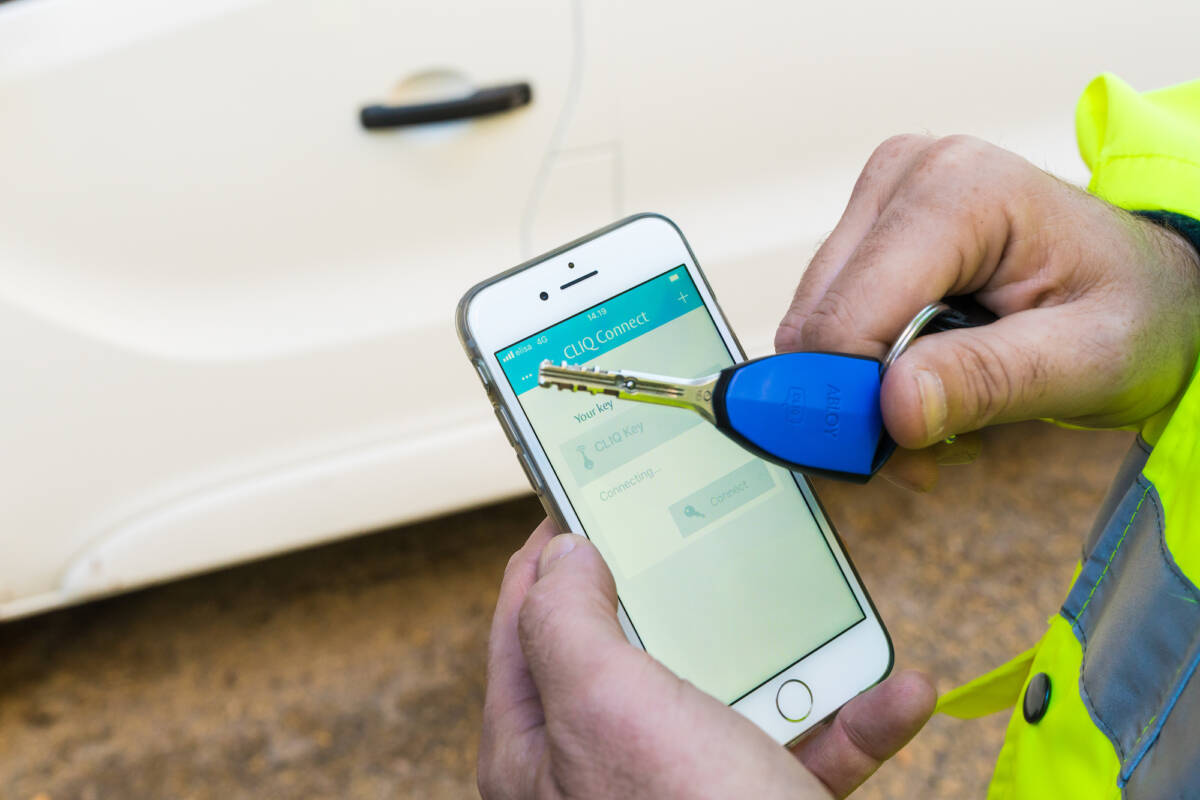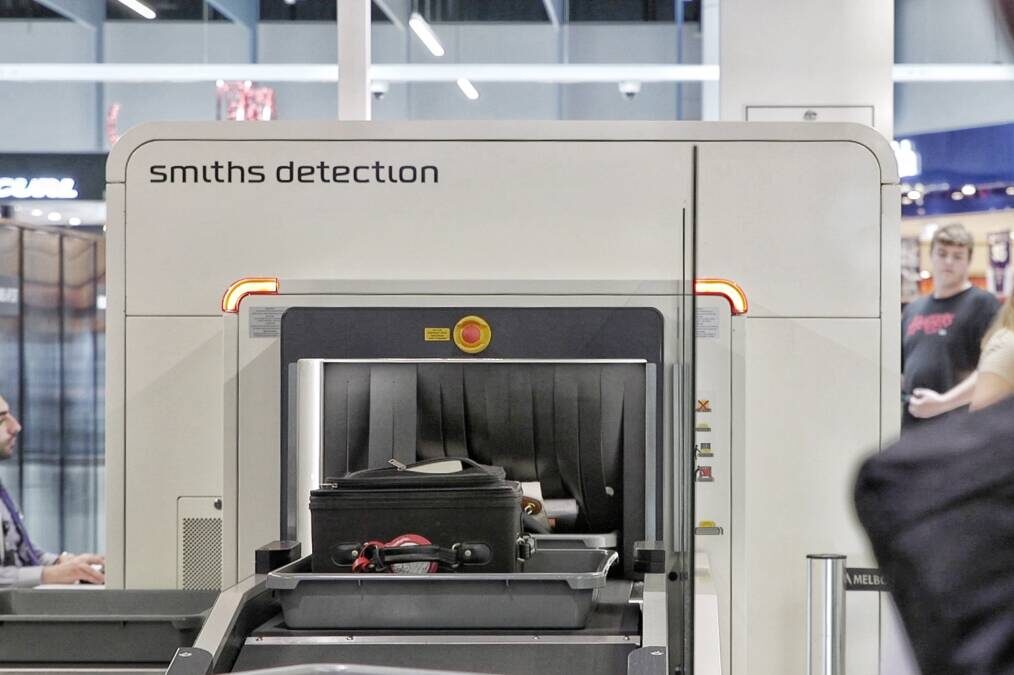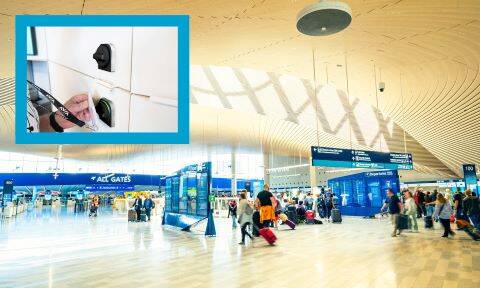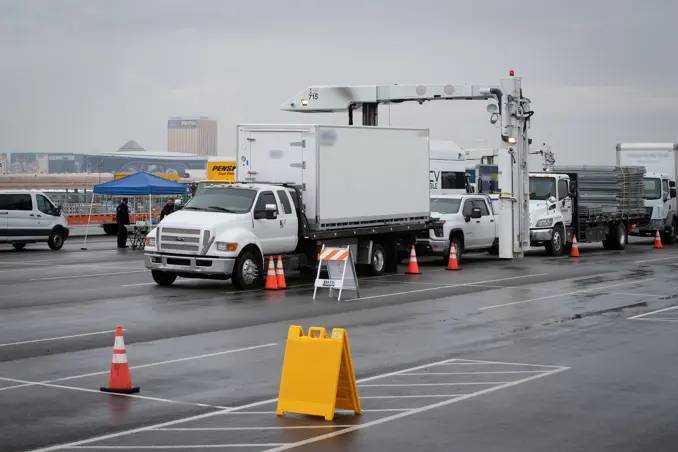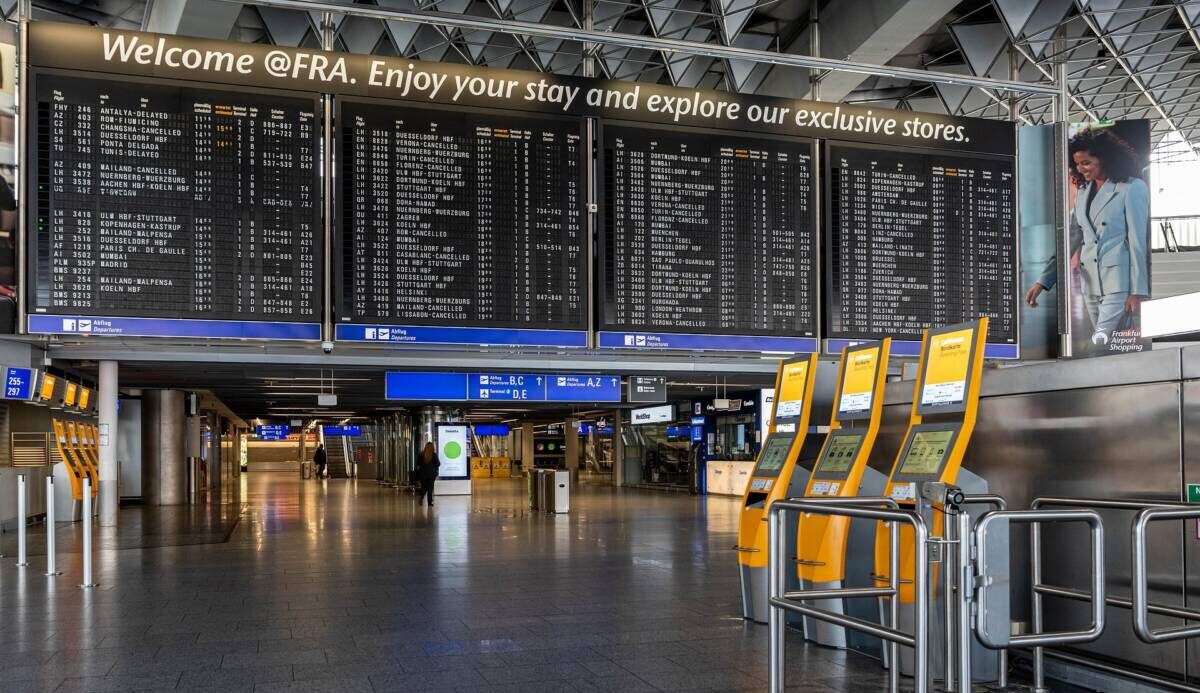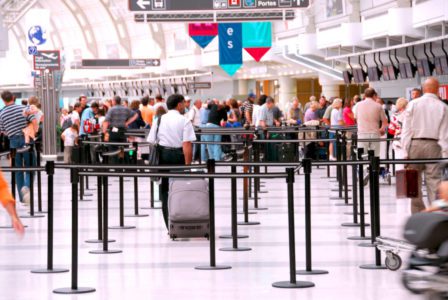Frost & Sullivan released a report entitled ‘Global Airport Security Technology Market Assessment’ early in March 2015, which found that the airport security market earned revenues of $8.22 billion in 2014 and estimated that this could reach $12.67 billion by 2023. Covering perimeter security, command, control and integration, cybersecurity, communications, surveillance, access control, and screening the report found that cutting-edge technologies in the screening, big data and integration markets are particularly driving upgrades and new investments in the airport security market. Cybersecurity spending will rise at the fastest pace over the next 20 years.
Frost & Sullivan Aerospace & Defense Research Analyst Robert Haddon said, “International and domestic aviation legislation is fuelling the procurement of security technologies in airports. International and domestic organisations such as the European Civil Aviation Conference and the United States (US) Transport Security Administration are exerting influence in setting airport security standards in key regions, lending further pace to market development.”
Despite predicting rapid growth, the report stated that budgetary constraints have been an obstacle. Combined with this, the effectiveness of existing legacy systems in combating current threats have discouraged airport operators from purchasing new solutions that do not demonstrate tangible return on investment.
“Clearly, the market for airport security technologies is highly reactive in that it only looks to address known threats rather than prevent unknown threats alongside,” noted Haddon. “Once end users adopt a more proactive approach to dealing with evolving threats, the airport security technology market will witness more traction.”
We’ve been speaking to leaders in the airport security market, including Smiths Detection, Navtech Radar, CEM Systems and Ogier Electronics to find out what they think about the report’s findings.
Drivers of growth
Paul Baker, Managing Director, Smiths Detection, ME operations, explained that one of the key drivers of growth in the airport security market is relatively simple – the number of people travelling is greatly increased.
“The increase in the number of global air passengers, particularly in the Middle East and Asia-Pacific regions, have played a key role in driving investments in airport security infrastructures,” he said. “Passenger traffic at airports in the larger region has recorded fast paced growth. As per the findings of a recent IATA report, Dubai Airport has recently announced growth projections of 126 million passengers by 2020 as the aviation demand continues to soar. In addition, passenger numbers in Qatar are expected to increase at a rate of 4.8% annually until 2034, all in preparedness for the World Cup 2022.
“With the exponential increase in passenger traffic, airport operators in the region are now keen on implementing smart checkpoint solutions that are aimed to enhance airports’ operational efficiencies.”
Philip Verner, Regional Sales Director, EMEA, CEM Systems, highlighted two other major reasons for increased spending, saying, “Growth can be attributed to two main factors. First, the vast increase in security threats experienced by the aviation sector worldwide, which has been widely reported in the press in recent years, has been reflected in spend across all security areas such as access control, IT, passenger security, and so on, to protect facilities and passengers.
“Second, there has been a rapid increase in the growth of new airports worldwide, particularly in emerging economies where the aviation sector is growing dramatically including the Middle East, India, Africa and China. Even in more economically developed countries there is growth in the aviation sector, which is critical to the success of any region. It is the norm that the aviation sector is continually undergoing development for growth, all of which will have an impact on airport security spend and drive growth within this market.”
Navtech Radar also sees increased awareness of the international terror threat as an influence in Frost & Sullivan’s predicted growth, but Jason Burger, Sales and Marketing Manager at Navtech, has a slightly different take on how this is driving growth in the sector.
“Airports in Europe are currently under pressure to meet an EU directive, which states that all EU international airports need to have sufficient perimeter and airfield security to guard against terror threats by 2015,” he said. “As a result, many airports are in the process of investigating how to upgrade or are actively in the process of implementing new security solutions for the wider airport area.”
Tight budgets
Speaking to these industry leaders about Frost & Sullivan’s findings that, despite increased investment, airports are struggling against tight budgets raises some interesting responses, but all along the same lines – that airport security is simply a necessary cost, and an area where you get what you pay for.
Mark Rainbow, Marketing Director, Ogier Electronics, said, “There are always budgetary constraints but the biggest issue is responsibility, spending a lot of money on security systems and system integration is a huge responsibility that few are willing to take.”
Verner at CEM Systems added, “An airport is a business with the same budgetary constraints and pressures as any other; security spend must fit within the overall budget for the airport to meet the business objectives. How successful an airport is will depend on a number of factors such as the economic climate of the region and competition from other surrounding airports. Taking this into account, airports still have a duty to protect staff and passengers, and regardless of budgetary constraints airport security is not an area where spend should ever be cut.”
Navtech’s Burger has the same view, that when it comes to where to cut your budget an airport’s security is not the place to do it.
“Navtech is at the upper end of the market in terms of quality – and cost,” he said, “as a result we often find that airports investigate our solutions but then opt for a more cost effective solution which often involves flooding the perimeter with CCTV. However, when you do this you create a limited system that is labour intensive, leaves you vulnerable to human error and has to do battle with the weather; it is false economy.”
While there are challenges dictated by those who hold purse strings, the need for security solutions in and around airports isn’t something that is going to go away. This is something all of the people we spoke to are keenly aware of, and they are all working to develop solutions that meet the unique needs of airports.
On this matter, Baker at Smiths Detection said, “There will always be a requirement for security at airports, and therefore, to help support the continuing strain on budgets and resources, we ensure that we offer the most advanced and reliable solutions, to ensure minimum downtime and disruption. Our networked solutions enable airports to process more passengers, whilst improving efficiency and processes to help cope with increasing costs.”
A reactive industry
Frost & Sullivan’s report states that airports need to become more proactive, rather that simply react to established threats. While this may be the case, companies providing airport security solutions are doing nothing of the sort and are constantly vigilant for evolving threats.
Verner at CEM System told us, “There are many aspects and levels of security threat within the aviation sector from low level crime to major high profile terrorist activity. Therefore it is very difficult to foresee all of the threats, however there is a lot of work going on at all levels to combat this. CEM Systems has been working very closely with airports globally for over 25 years to understand their needs and to impact on the solutions that we provide. An example of this would be the work we have done with airports to prevent card cloning and misappropriate use of identity cards.”
Smiths Detection also works closely with airports to help keep an eye on the future.
“Over the last 10 years, Smiths Detection has invested almost US$450m in R&D, and will continue to do so, to develop advanced technologies and introduce new products to combat known and emerging threats,” said Baker. “This investment keeps at the forefront of technological innovation. We understand that airports must adapt to growing passenger numbers and future threats. We cannot predict the future, but by retaining close and collaborative relationships with our customers, regulators and other stakeholders, we always have an open dialogue, and commitment to support future goals and threats to the safety of airport and their passengers.”
Burger commented from a slightly different angle, noting that Navtech Radar see airports that rely on heavily CCTV for perimeter protection as cornering themselves into a reactive response to any active threat.
“Because of privacy concerns there are directives that stipulate CCTV cannot film outside your own perimeter,” he said. “Radar is not intrusive on privacy so it can watch beyond the perimeter, offering a proactive response to approaching threats, rather than simply reacting to an attack once it’s already on your doorstep. In addition, radar can accurately and easily pick up on individuals moving in restricted areas or peeling away from a group within the perimeter. A CCTV camera will only do this if it’s facing the right way and if the operator in the control room spots it.”
According to Baker, there is a lot to take into consideration there’s no simple solution to monitoring new and existing threats, so it’s important that airports and security solution providers work together to cover all bases.
“As airports continue to face the challenge of detecting threats from explosives and weapons they are increasingly also required to find narcotics on passengers or in their luggage, as well as detect and neutralise more serious chemical, biological, radiological, and nuclear (CBRNE) threats,” he said. “There is simply no magic ‘single bullet’ to safeguard society, protect life and support the free flow of trade in global transport, and the multi-layered approach to security has emerged as the preferred solution.”
Airport cybersecurity threats
Tony Thompson LLB MSc, a member of The Global Institute of Cyber, Intelligence & Security (GICIS) faculty, looked at the implications of cybersecurity threats to airport security.
He said, “The threat to global aviation is real and is likely to continue. The International Civil Aviation Organisation (ICAO) has produced a Global Risk Context Statement which presents its assessment of high-level risks to help countries manage their civil aviation security programmes. It is largely based on the threat of terrorism using traditional attack methods. It does not specifically address the growing threat from cybercrime and the potential for cyber methods to be used as either an attack method, or in combination with traditional attack methods.
“Reports suggest that businesses generally do not fully understand cyber risk, nor the role that insurance and insurance companies can play in reducing the risk and impact of cyber attacks. This is like to apply equally to the airline industry which relies extensively on computer systems in its flight and ground operations. The International Air Transport Association (IATA), the airline trade association, has produced a strategy and toolkit to address the cyber threat to commercial aviation. IATA offers a number of mitigation approaches which includes a situational assessment of cyber security, an introduction to aviation cyber threats, and a framework for assessing risk. These proposals, if followed, will enable airlines to set up their own cyber security management systems.
“Cybersecurity will inevitably be a driver in future aviation security investment. Against a backdrop of budgetary constraints, there may need to be a shift towards cyber attack prevention and mitigation, and less focus on current physical security measures. We will see more investment in smart passenger screening systems, but these too will need protecting. We may also witness the aviation sector seeking help from governments with the capability to handle cybersecurity attacks at the global level.”
Find out more about The Global Institute of Cyber, Intelligence & Security (GICIS) here.
Solutions
So, what do our expert commentators have to offer the Airport Security Manager looking to improve security systems?
Smiths Detection’s varied solutions have been adopted at several global locations, according to Baker, and these solutions include (but are not limited to):
• Checkpoint.Evo: A solution that connects individual sensors to create a fully networked checkpoint solution system to provide real-time data collection, distribution and management.
• IONSCAN 600: A small, portable device that reduces the cost and time of screening for a range of high-threat explosives.
• HI-SCAN 10080 XCT: A next generation high-speed checked baggage explosives detection system (EDS).
• RadSeeker: A handheld radioisotope detector and identifier designed to meet the U.S Departments of Homeland Security mission requirements.
CEM Systems’ solutions have been in use in many of the worlds leading airports for over 25 years, including Dubai International Airport, Indira Gandhi Airport, Vancouver International Airport, Keflavik International Airport, Heathrow Airport and Hong Kong International, according to Verner. One of the key offerings from CEM is CEM Systems AC2000 Airport, which is a fully integrated access control system that has been specifically designed for airports and can be customised to meet unique and evolving needs.
Verner explained that AC2000 Airport provides a suite of comprehensive operational applications and seamlessly integrates with third party external systems for a powerful security management system. The system is supported by CEM’s range of hardware products including the intelligent S610 IP reader range, the new S3040 portable access control reader, and emerald, the intelligent touch screen access terminal.
Ogier Electronics offer ground Radar, cameras, IR lights, fencing, Pids systems and control room equipment together with a microwave backhaul, as well as consulting services. Rainbow explained how Ogier is working with Lagos airport, which has a 20Km perimeter with no security measures in place and a very tight budget. Ogier has taken on a consultancy role in showing the airport different sensors, cameras and more so that they can make an informed choice and get the best solution to meet their needs and budget.
Navtech Radar, as the name suggests, provide fully customisable radar solutions that provide the ideal way to support and balance a CCTV surveillance system and reduce the number of cameras and control room operators. Burger told us that Navtech Radar are working with 20 airports across the EU alone, and the most popular solution in use is the AGS 1600. This Advanced Guard Sensor solution, supported by Navtech Radar’s Witness software, detects the movement of people and vehicles – accurately differentiating between the two based on unique reflective properties of each – as well as accurately tracking the direction and speed of travel.
Burger explained that the solution is also useful in terms of air traffic control, being able to keep track of aircraft once they have landed and actively monitor their movements – without being hindered by poor weather conditions.




